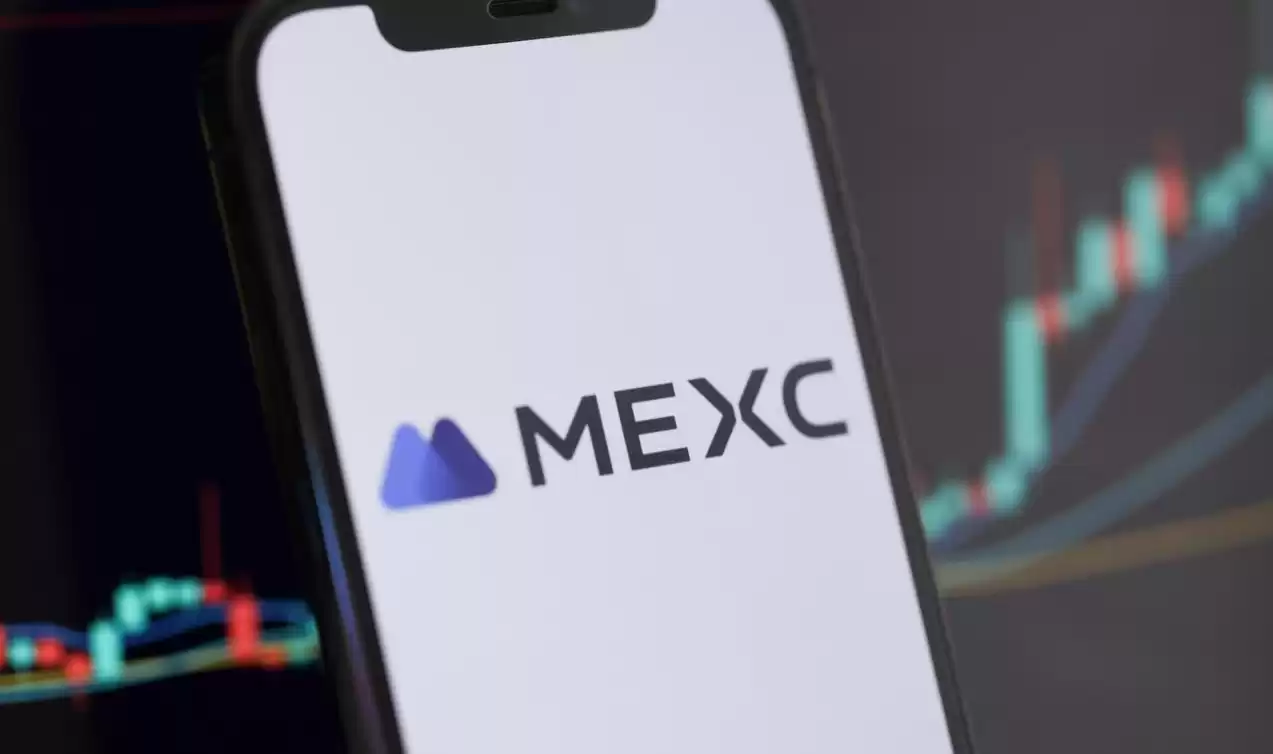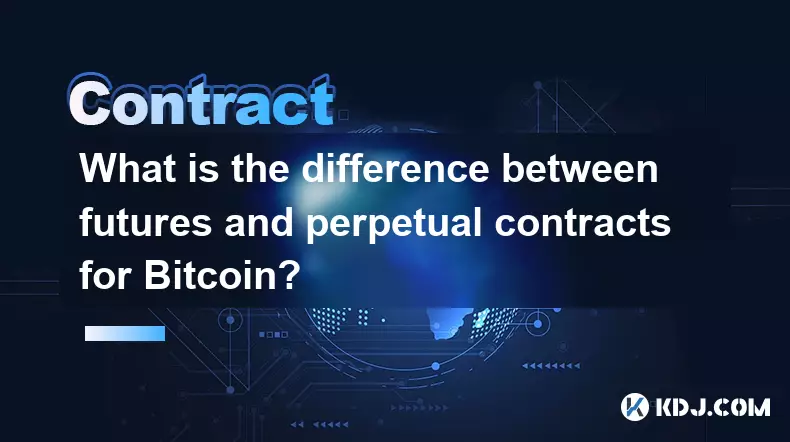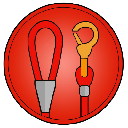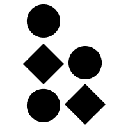-
 bitcoin
bitcoin $123963.239194 USD
1.37% -
 ethereum
ethereum $4529.082464 USD
1.07% -
 xrp
xrp $2.983640 USD
0.71% -
 tether
tether $1.000287 USD
0.02% -
 bnb
bnb $1179.874393 USD
2.99% -
 solana
solana $230.633678 USD
1.55% -
 usd-coin
usd-coin $0.999835 USD
0.03% -
 dogecoin
dogecoin $0.254240 USD
1.34% -
 tron
tron $0.341176 USD
0.15% -
 cardano
cardano $0.842285 USD
0.52% -
 hyperliquid
hyperliquid $48.537896 USD
-0.86% -
 chainlink
chainlink $21.863092 USD
-0.84% -
 ethena-usde
ethena-usde $0.999743 USD
-0.07% -
 sui
sui $3.579561 USD
-0.18% -
 stellar
stellar $0.403418 USD
2.67%
MEXC contract trading rules
Traders on MEXC's contract market can access a range of perpetual contract instruments, including BTC, ETH, BCH, LTC, EOS, and XRP, using margin trading and employing various order types to manage their risk.
Nov 07, 2024 at 06:12 pm

MEXC, a leading digital asset exchange, has established a comprehensive set of rules governing its contract trading activities. These rules are designed to ensure a fair, transparent, and orderly market for all participants.
Outlined below are the key contract trading rules implemented by MEXC.
1. Account Eligibility- To participate in contract trading on MEXC, traders must first create an account and complete the identity verification process.
- Contract trading is only available to users who meet the exchange's KYC (Know Your Customer) and AML (Anti-Money Laundering) requirements.
- MEXC offers a wide range of perpetual contract trading instruments, including BTC, ETH, BCH, LTC, EOS, and XRP.
- Perpetual contracts are derivatives that provide exposure to the underlying asset without requiring physical delivery.
- Each contract has its own unique specifications, including contract size, tick size, and margin requirements.
- Contract trading on MEXC is conducted on a margin basis.
- Margin trading allows traders to amplify their trading positions by using borrowed funds provided by the exchange.
- Traders must maintain a sufficient margin balance to cover potential losses on their trades.
- MEXC supports various order types, including limit orders, market orders, stop-loss orders, and take-profit orders.
- Limit orders allow traders to specify the desired price at which they want to execute their trades.
- Market orders are executed immediately at the best available price.
- Stop-loss orders are designed to automatically exit a trade when a specific price level is reached, minimizing potential losses.
- Take-profit orders are designed to automatically close a trade when a specific profit target is achieved.
- MEXC provides several risk management tools to help traders manage their exposure and reduce potential losses.
- These tools include stop-loss orders, take-profit orders, and position management features.
- Traders should carefully consider their risk tolerance and implement appropriate risk management strategies.
- In the event that a trader's margin balance falls below the required maintenance margin, their positions may be subject to liquidation.
- Liquidation is a process whereby the exchange automatically closes a trader's losing positions to prevent further losses.
- Traders should monitor their margin balance closely and adjust their trading strategies accordingly.
- MEXC charges various fees for contract trading, including trading commissions, funding fees, and withdrawal fees.
- Trading commissions are charged on each trade executed.
- Funding fees are charged or paid to traders based on the position they hold (long or short) during the funding period.
- Withdrawal fees are charged when traders withdraw their funds from the exchange.
- MEXC provides comprehensive customer support to assist traders with any queries or issues they may encounter.
- Traders can contact customer support via live chat, email, or social media platforms.
- MEXC has a dedicated team of support staff available 24/7 to provide prompt assistance.
Disclaimer:info@kdj.com
The information provided is not trading advice. kdj.com does not assume any responsibility for any investments made based on the information provided in this article. Cryptocurrencies are highly volatile and it is highly recommended that you invest with caution after thorough research!
If you believe that the content used on this website infringes your copyright, please contact us immediately (info@kdj.com) and we will delete it promptly.
- BlockDAG, DOGE, HYPE Sponsorship: Crypto Trends Shaping 2025
- 2025-10-01 00:25:13
- Deutsche Börse and Circle: A StableCoin Adoption Powerhouse in Europe
- 2025-10-01 00:25:13
- BlockDAG's Presale Buzz: Is It the Crypto to Watch in October 2025?
- 2025-10-01 00:30:13
- Bitcoin, Crypto, and IQ: When Genius Meets Digital Gold?
- 2025-10-01 00:30:13
- Stablecoins, American Innovation, and Wallet Tokens: The Next Frontier
- 2025-10-01 00:35:12
- NBU, Coins, and Crypto in Ukraine: A New Yorker's Take
- 2025-10-01 00:45:14
Related knowledge

What is the difference between futures and perpetual contracts for Bitcoin?
Oct 02,2025 at 11:54pm
Understanding Bitcoin Futures Contracts1. Bitcoin futures are derivative instruments that allow traders to speculate on the future price of Bitcoin at...

What is the best time to trade PEPE contracts?
Oct 03,2025 at 11:54am
Understanding PEPE Contract Volatility1. PEPE contracts exhibit extreme price fluctuations due to their meme-based nature and low market cap. Trading ...

What are the common mistakes to avoid with Bitcoincoin contracts?
Oct 03,2025 at 08:54am
Emerging Trends in the Cryptocurrency Market1. Decentralized finance (DeFi) platforms continue to expand their influence across the blockchain ecosyst...

What is the maintenance margin for Bitcoin contracts?
Oct 02,2025 at 01:36am
Decentralized Exchanges Gain Momentum in 20241. Decentralized exchanges (DEXs) have seen a significant rise in trading volume, surpassing centralized ...

How to use technical analysis for trading XRP contracts?
Oct 03,2025 at 01:18pm
Understanding Price Patterns in XRP Futures1. Identifying chart patterns such as triangles, head and shoulders, and double tops or bottoms can provide...

What does "longing" PEPE contracts mean?
Oct 03,2025 at 11:54pm
Understanding Decentralized Exchanges in the Crypto Ecosystem1. Decentralized exchanges (DEXs) operate without a central authority, allowing users to ...

What is the difference between futures and perpetual contracts for Bitcoin?
Oct 02,2025 at 11:54pm
Understanding Bitcoin Futures Contracts1. Bitcoin futures are derivative instruments that allow traders to speculate on the future price of Bitcoin at...

What is the best time to trade PEPE contracts?
Oct 03,2025 at 11:54am
Understanding PEPE Contract Volatility1. PEPE contracts exhibit extreme price fluctuations due to their meme-based nature and low market cap. Trading ...

What are the common mistakes to avoid with Bitcoincoin contracts?
Oct 03,2025 at 08:54am
Emerging Trends in the Cryptocurrency Market1. Decentralized finance (DeFi) platforms continue to expand their influence across the blockchain ecosyst...

What is the maintenance margin for Bitcoin contracts?
Oct 02,2025 at 01:36am
Decentralized Exchanges Gain Momentum in 20241. Decentralized exchanges (DEXs) have seen a significant rise in trading volume, surpassing centralized ...

How to use technical analysis for trading XRP contracts?
Oct 03,2025 at 01:18pm
Understanding Price Patterns in XRP Futures1. Identifying chart patterns such as triangles, head and shoulders, and double tops or bottoms can provide...

What does "longing" PEPE contracts mean?
Oct 03,2025 at 11:54pm
Understanding Decentralized Exchanges in the Crypto Ecosystem1. Decentralized exchanges (DEXs) operate without a central authority, allowing users to ...
See all articles










































































